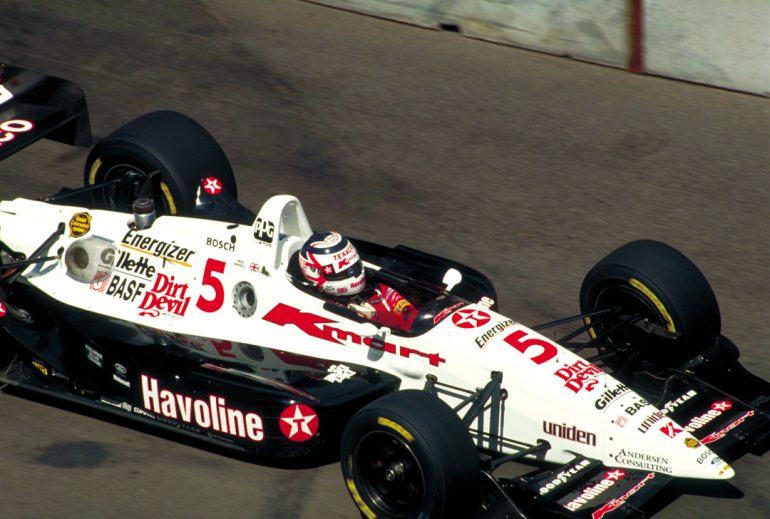Nigel Mansell and Ricardo Patrese have recently announced that they too will join the growing list of former Formula One drivers to compete in the inaugural Grand Prix Masters event at Kyalami in November. “In one word, the Masters is going to be an awesome challenge,” Mansell told Autosport magazine. “It’s back to the old days in terms of racing. The cars will all be able to run closely, we’ll be changing gear and it will be a level playing field. I think it will be more like when I came into Formula One, when the power levels of the cars were all pretty similar.”
Mansell and Patrese will join former champions Alain Prost, Emerson Fittipaldi, Alan Jones, Stefan Johansson, Jan Lammers and others in a series of races, driving identically prepared, 600-hp, Formula One-style cars, based on the 1999 Reynard Champ car with manual gearboxes.




